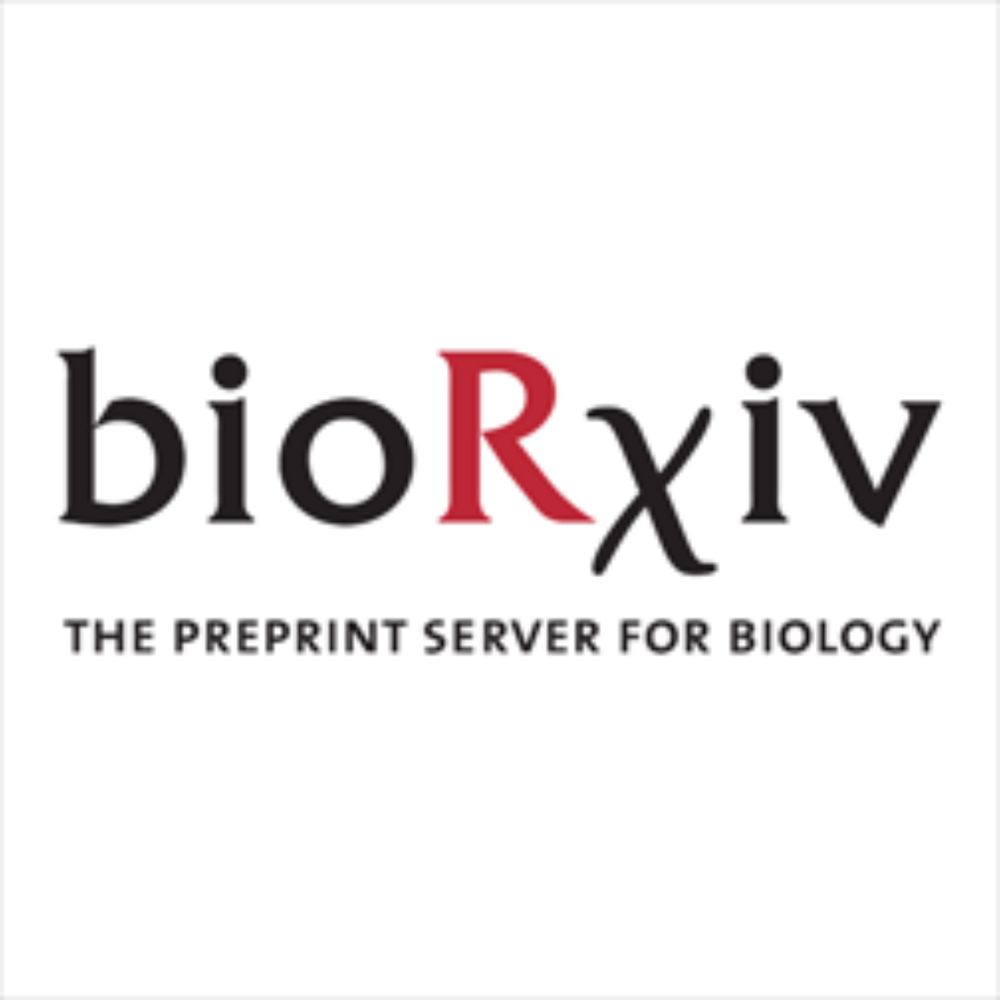YouTube video by Organization for Human Brain Mapping
OHBM 2025 | Oral Session | Stuart Oldham | Only a matter of time: developmental heterochronicity c…
My very normal, by the book presentation from this years OHBM is now available. So if you weren't at OHBM, were there but happened to miss it, or if you did see it and just want to relive it all over again, here is your chance :)
I'm quite fond of this one.
www.youtube.com/watch?v=lP86...
11.12.2025 04:20 — 👍 17 🔁 6 💬 2 📌 0

New preprint: "Identifying statistical indicators of temporal asymmetry using a data-driven approach"
arxiv.org/abs/2511.15991
_Can we statistically distinguish the forward- versus reverse-time dynamics of a system from a finite time series?_
21.11.2025 03:25 — 👍 10 🔁 5 💬 1 📌 1


🎊Ain’t no party like a thesis submission party🎊
Honored to have submitted my PhD as a recipient of the Paulette Isabel Jones Career Development Award from The University of Sydney!
Thank you x1000000 to MVP supervisor @bendfulcher.bsky.social & co-supervisor @macshine.bsky.social 😊
20.08.2025 14:14 — 👍 22 🔁 2 💬 2 📌 0

Thank you all for the great chats about this work and the inspiring ideas for where to go next with this project!
And a big thank you to @bendfulcher.bsky.social and @macshine.bsky.social for your guidance and support throughout this project, as with all others of my PhD 😊
29.06.2025 03:21 — 👍 3 🔁 0 💬 0 📌 0
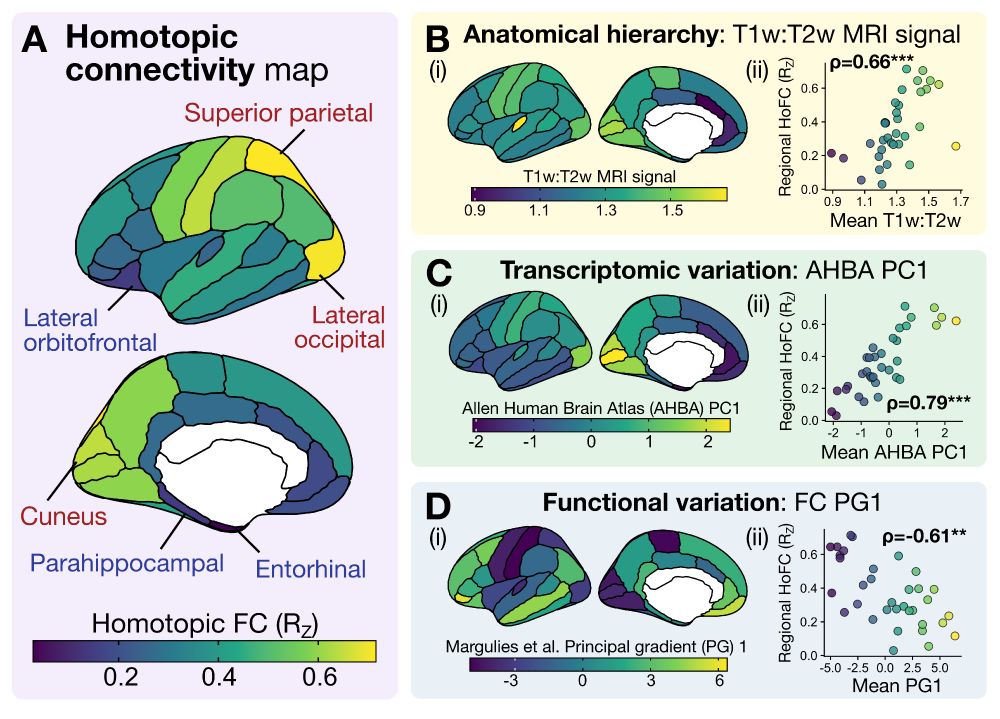
#OHBM2025 was a blast -- the perfect way to celebrate submitting my PhD thesis with y'all 🎉
It was an honor (and so fun!) to represent the Aussie imaging community alongside a fab panel in the LOC Symposium, sharing my final thesis work on homotopic connectivity:
www.biorxiv.org/content/10.1...
29.06.2025 03:19 — 👍 43 🔁 9 💬 2 📌 0

New preprint!
Why are long-range connectomic interactions in the cortex dominant in shaping dynamics in some experiments but apparently negligible in others?
We (w/ R Maran, @elimuller.bsky.social) address this question by studying a new hybrid model of cortical dynamics.
arxiv.org/abs/2506.19800
25.06.2025 05:02 — 👍 42 🔁 15 💬 1 📌 0
‼️ATTENTION‼️
Social night is tonight 8pm at Paddo Tavern!!
Come for a relaxing night and unwind after a brain stimulating day! 🫠
All are welcome!! #OHBM2025
25.06.2025 07:57 — 👍 4 🔁 2 💬 0 📌 1
Big shout-out to @jlizier.bsky.social, whose patience, dedication, and guidance in supervising me through this project have been invaluable 🙏 Thank you also to our other fab co-authors for their insightful input as always: Oliver Cliff, @macshine.bsky.social, and @bendfulcher.bsky.social!
20.05.2025 03:29 — 👍 10 🔁 2 💬 0 📌 0
I learned so much through working on this piece! My goal with this is to share a beginner-friendly and intuitive guide for all my fellow visual learners out there, that also doesn’t shy away from the maths and important nitty-gritty details 😊
20.05.2025 03:28 — 👍 8 🔁 0 💬 1 📌 0

Unbiased opinion, but I’m really interested in how we can get the most bang for our info theory buck in computational neuroscience 🧠 So, we demo the implementation and interpretation of all 11 measures with an illustrative BOLD fMRI case study:
20.05.2025 03:27 — 👍 6 🔁 1 💬 1 📌 0
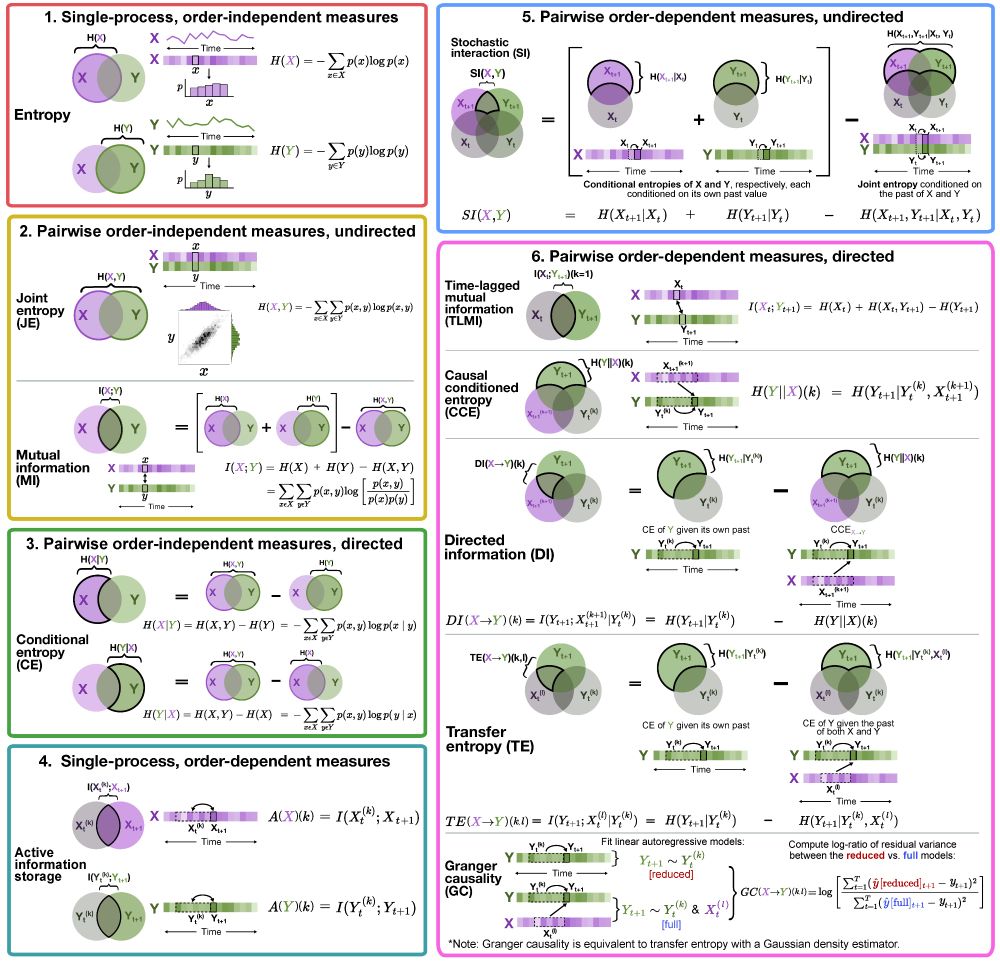
We organized 11 measures into 6 categories according to temporal dependency and the type(s) of dynamical properties each measure captures. These measures are summarized in one large ‘pocket reference’ schematic, and we then zoom in to discuss the ‘what/how/why’ of each measure individually 🔎
20.05.2025 03:27 — 👍 9 🔁 0 💬 1 📌 0
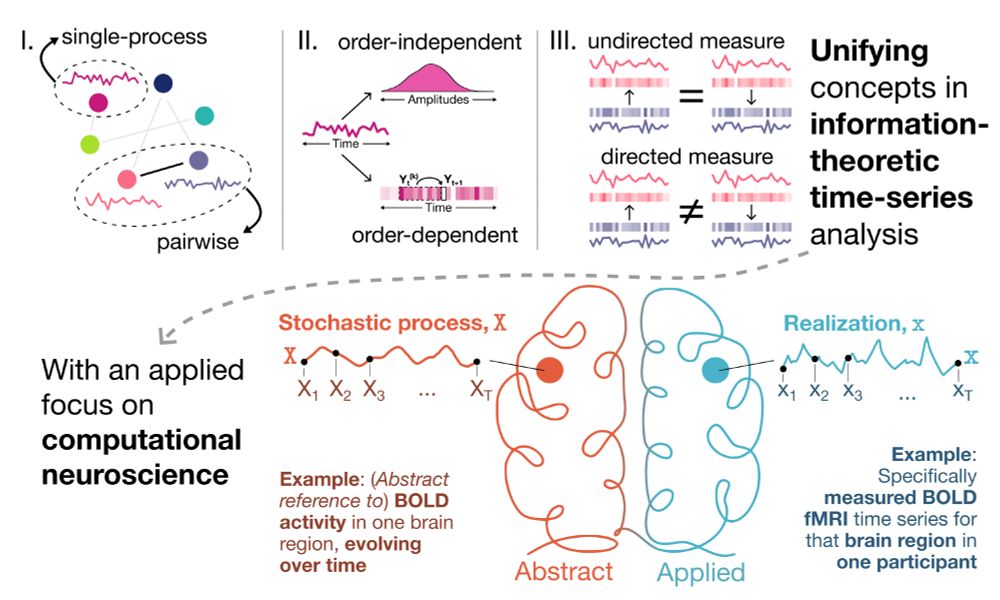
Info theory offers powerful measures for capturing complexity & interaction among elements of a complex system, like the brain! 🧠 Here's our new unified reference for key info-theoretic time series measures ft. 📊 visuals, ➗equations, & 💬descriptions:
arxiv.org/abs/2505.13080
20.05.2025 03:26 — 👍 64 🔁 29 💬 4 📌 2

New preprint!: "Using matrix-product states for time-series machine learning".
arxiv.org/abs/2412.15826
Quick summary below 👇
13.05.2025 05:15 — 👍 11 🔁 4 💬 1 📌 0

🎨🧑🎨 Looking for a tool to visualize subcortical/thalamic data in 2D? Check out this python-based package I put together (subcortex-visualization on PyPI), plus a guide for creating your own custom atlas meshes and vector graphics! All feedback/tips welcome 😊
anniegbryant.github.io/subcortex_vi...
04.05.2025 10:13 — 👍 83 🔁 42 💬 4 📌 1
I am so very proud announce my lab's first preprint!!
@xiaoyucaly.bsky.social delves into the mechanisms driving tau distribution:
* Tau sequence driven by connectivity dynamics
* Tau load driven by local factors
Check out her thread below
24.04.2025 21:24 — 👍 32 🔁 11 💬 1 📌 0
Job Search
We are hiring!
@aurinaarn.bsky.social and I are jointly looking for a talented Postdoc in Systems and Comp Neuro at Monash (AUS).
If you like neuroimaging 🧠, comp models 💻, genetics 🧬, brain disorders 🤕, and/or evolution 🐵🐭, this could be the job for you!!
careers.pageuppeople.com/513/cw/en/jo...
17.04.2025 04:33 — 👍 29 🔁 25 💬 2 📌 3
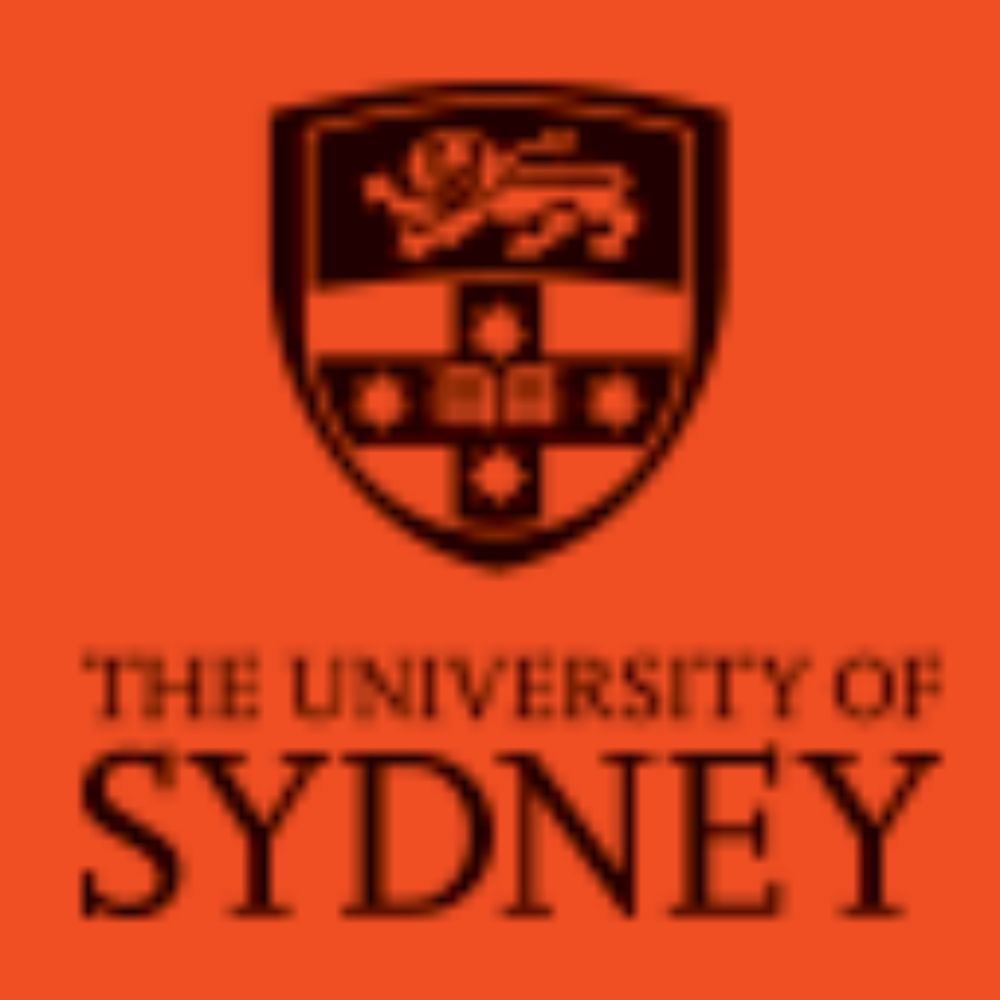
Postdoctoral Research Associate (Physics)
Full time, 2-year fixed term position with potential to extend. Located on the Camperdown Campus at the School of Physics. Exciting opportunity to conduct research in a world-leading interdisciplinary...
An opportunity to *join our group* as a postdoc researcher analyzing complex physical systems, and the time-varying data they produce (with applications to sleep)!
Join us @sydneyphysics.bsky.social on a great campus in a beautiful city!
Please share 🙂
usyd.wd105.myworkdayjobs.com/USYD_EXTERNA...
09.04.2025 07:18 — 👍 20 🔁 22 💬 1 📌 2
Thank you very much to the COGITATE Consortium for openly sharing the MEG data we used in our analyses, and to our supervisors @bendfulcher.bsky.social and @macshine.bsky.social for supporting our first fully independent PhD project. Hope you enjoy, and we’re very open to feedback! 😊
14.04.2025 04:07 — 👍 9 🔁 2 💬 0 📌 0
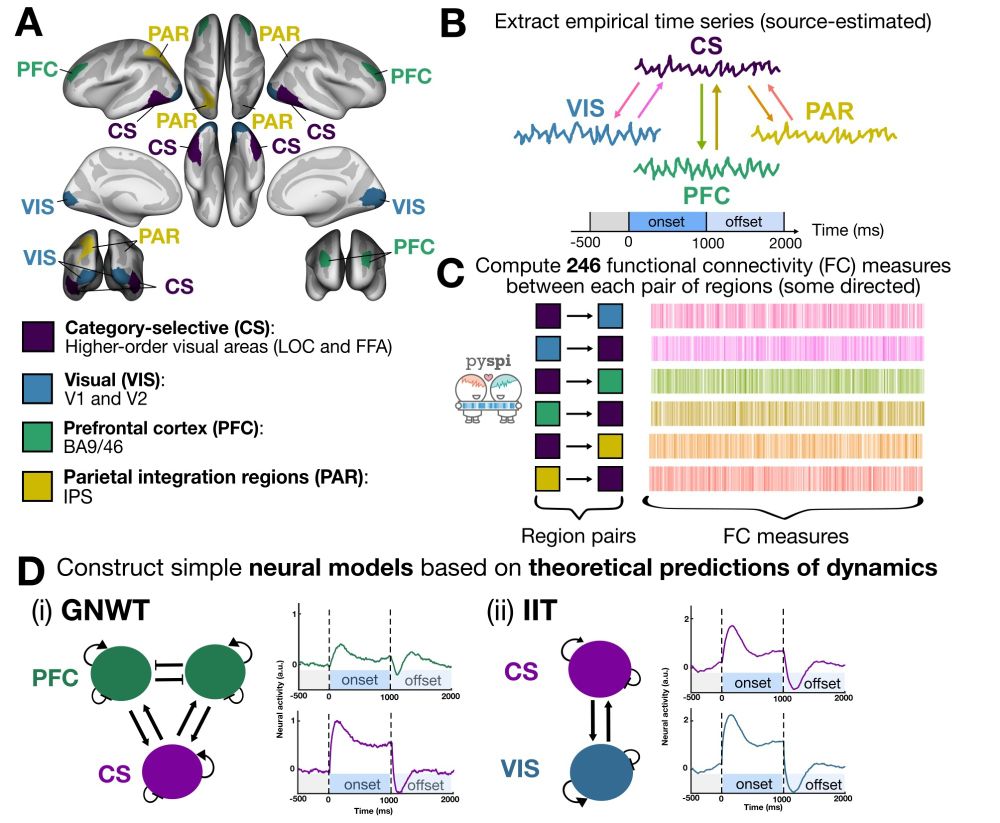
@christopherjwhyte.bsky.social and I introduce a novel data-driven framework to evaluate >200 connectivity-based neural correlates of consciousness! Results are used to quantitatively compare predictions from neurodynamical models tailored to theoretic predictions.
www.biorxiv.org/content/10.1...
14.04.2025 04:06 — 👍 25 🔁 12 💬 1 📌 2
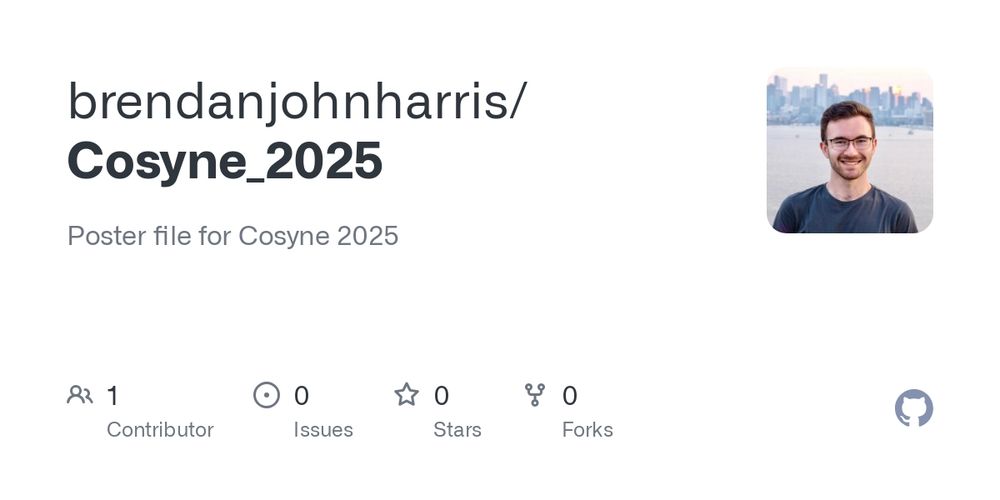
GitHub - brendanjohnharris/Cosyne_2025: Poster file for Cosyne 2025
Poster file for Cosyne 2025. Contribute to brendanjohnharris/Cosyne_2025 development by creating an account on GitHub.
Going to #cosyne2025? Wondering whether higher cortical regions are closer to a critical point? Stop by poster [1-117] on the 27th March to chat about detecting #criticality in noisy systems like the #brain!
Poster and related links are up now at: github.com/brendanjohnh...
23.03.2025 16:15 — 👍 9 🔁 3 💬 2 📌 0
All the data viz code is in our repo (though it's currently still a bit of spaghetti code while I finish organizing my bits 🍝): github.com/DynamicsAndN...
And lastly I combine all my figures in Inkscape!
21.03.2025 02:49 — 👍 0 🔁 0 💬 0 📌 0
Thank you, Tara! I swear by the R package "ggseg" (led by @drmowinckels.io) for brain map visualization and the python package @networkx.bsky.social for the circular network connectivity plots 😊
21.03.2025 02:47 — 👍 3 🔁 0 💬 1 📌 0
Thank you to @aditijh.bsky.social for welcoming me to join her in this project this last year, to our supervisors @bendfulcher.bsky.social, @alexfornito.bsky.social, @lawraga.bsky.social & fantastic co-authors Patrick Cahill, Brandon Lam, @stuartoldham.bsky.social, and @aurinaarn.bsky.social!
21.03.2025 02:20 — 👍 5 🔁 0 💬 0 📌 0

Together with new biological insights into the brain’s overlapping structural architecture, this work introduces a generalizable method for systematically comparing overlapping community detection algorithms to an ensemble of simulated networks tailored to your particular dataset at hand:
21.03.2025 02:16 — 👍 3 🔁 0 💬 1 📌 0
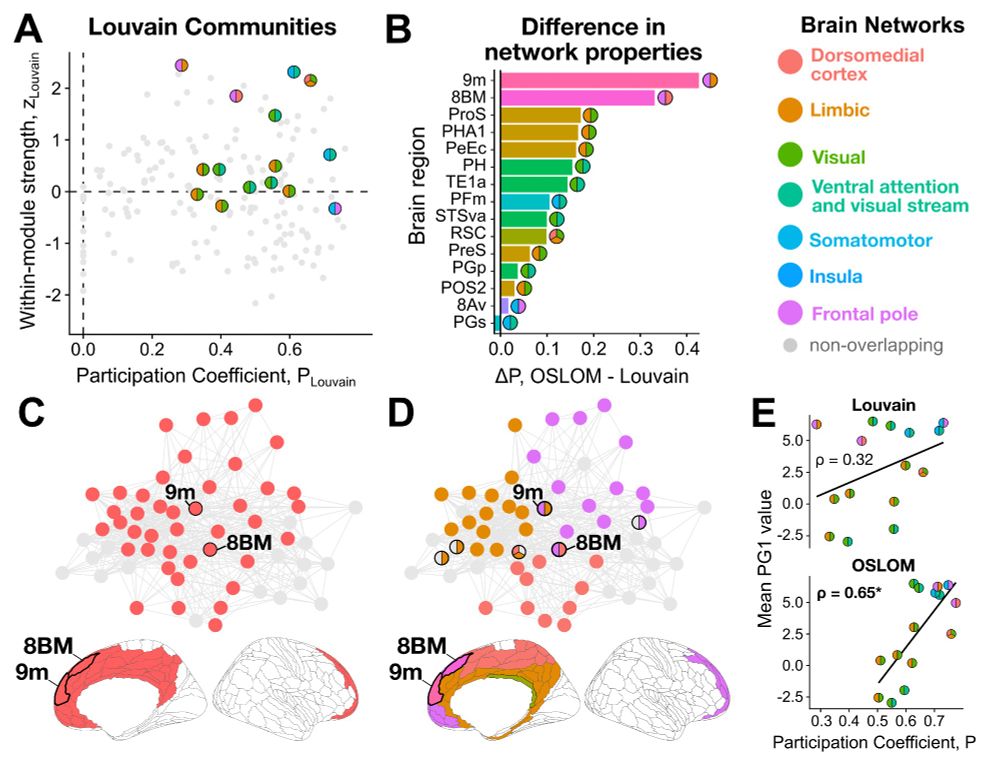
In contrast to Louvain clustering, which doesn’t allow overlapping assignments, OSLOM can disentangle communities bridged by two key regions, with the flexibility to capture the brain as a complex system characterized by fluid distributed interactions:
21.03.2025 02:16 — 👍 2 🔁 0 💬 1 📌 0
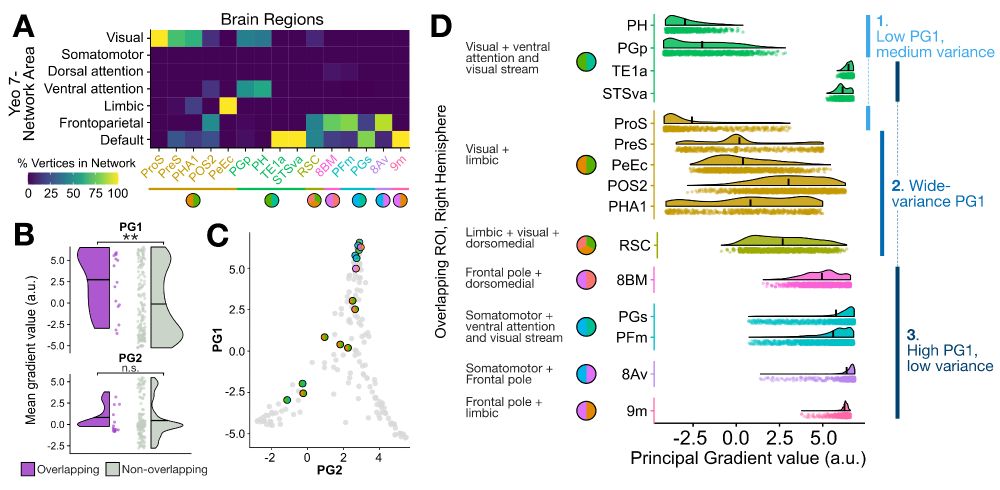
These 15 nodes generally (though not always!) sit at the apex of the topographical hierarchy of the cortex quantified by the first principal gradient (PG) of functional connectivity (shoutout to Dan Margulies for sharing the data via neuromaps from Ross and Justine in @misicbata.bsky.social lab):
21.03.2025 02:14 — 👍 2 🔁 0 💬 1 📌 0
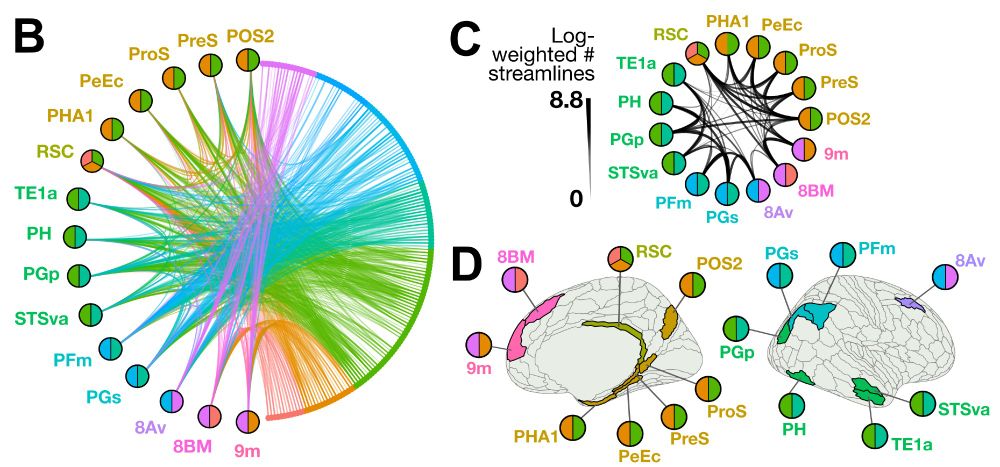
After pinpointing OSLOM (order statistics local optimization method) as the top-performing algorithm, we identified seven structural communities in the right cortex collectively bridged by fifteen overlapping nodes with demonstrated cross-community connectivity:
21.03.2025 02:09 — 👍 2 🔁 0 💬 2 📌 0
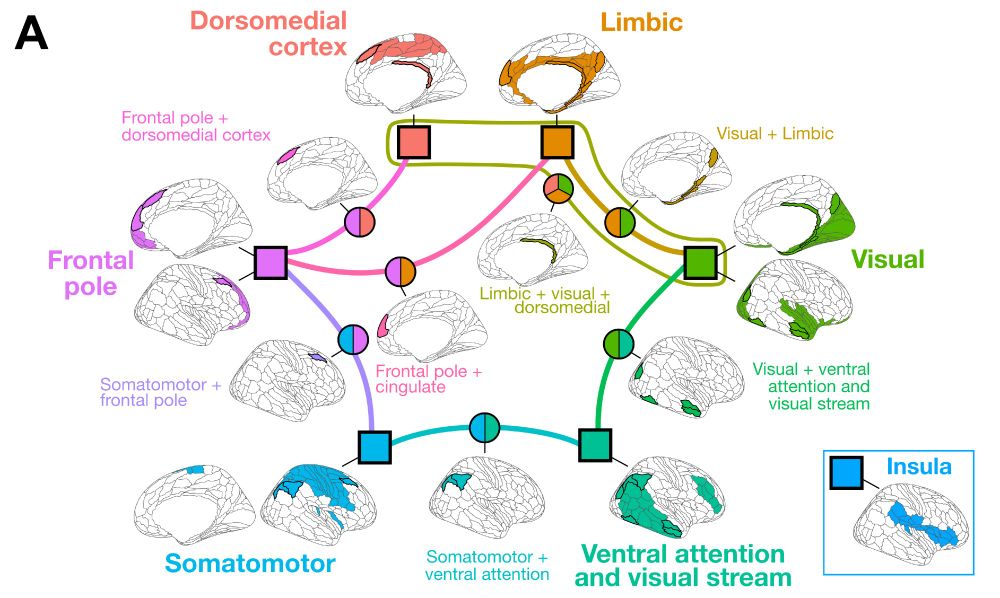
First figure of our preprint, depicting brain maps of seven identified structural connectivity communities bridged by fifteen overlapping nodes at the spatial interface between communities. Structural communities are depicted as nodes on a circular graph while the overlapping regions between the corresponding communities are highlighted along the edges. The seven communities are: (1) Dorsomedial cortex; (2) Limbic; (3) Visual; (4) Ventral attention and visual stream; (5) Somatomotor; (6) Insula; and (7) Frontal pole.
📣🎉 Excited to share work co-led with @aditijh.bsky.social, developing a data-driven selection technique for overlapping community detection algorithms, applied to the human structural connectome! 📣🎉
www.biorxiv.org/content/10.1...
21.03.2025 02:08 — 👍 36 🔁 23 💬 2 📌 3
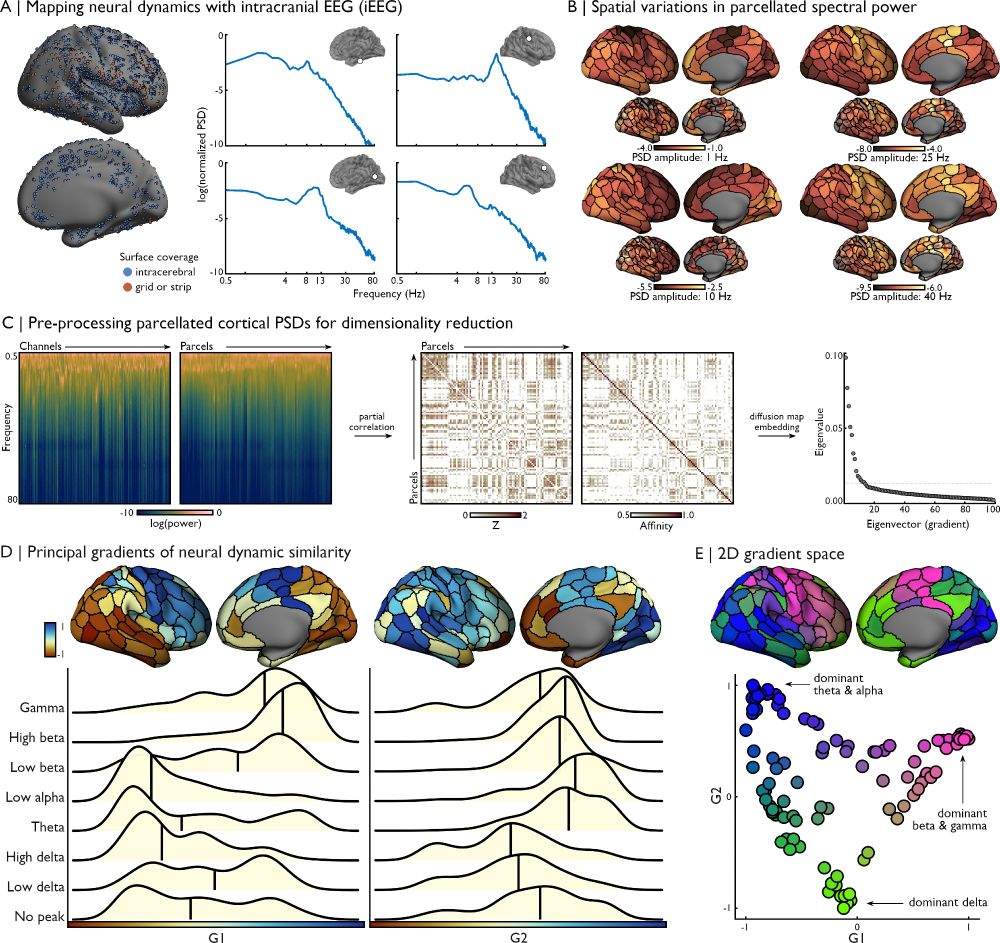
New year, new preprint (+ last thesis paper!)
Macroscale gradients of intracranial EEG power spectra follow familiar axes: sensory-motor and unimodal-transmodal 🕵️♀️
Gradients show overall stronger association to distance, but multimodal information was best in transmodal areas 🧠
tinyurl.com/ykacndd5
08.01.2025 12:55 — 👍 51 🔁 16 💬 3 📌 3
not very committed to sparkle motion
Postdoc researcher at Lalor Lab for Computational Cognitive Neurophysiology, @urochestersmd.bsky.social 📚 | Record collector 🎧
Previously at @bcbl.bsky.social
Cognitive neuroscience · Psycholinguistics · Multimodal language
PhD candidate researching brain rhythms in vision. Psychophys, comp modelling, & EEG. Brisbane, Australia.
www.henrybeale.com
Assoc.Prof. in Complex Systems @sydneycompsci.bsky.social @sydney.edu.au. I use information theory to research information processing in complex systems in nature, complex networks, computational neuroscience, etc. Author of JIDT software. Views my own/RTs
PhD candidate at The Florey & University of Melbourne | Previously at University of Otago | Neuroimaging & Biostatistics
Postdoctoral Fellow at Rutgers University
Previously CEA 🇫🇷, Yale 🇺🇸
Website: loiclabache.github.io
Cognitive neuroscientist and statistician interested in hemispheric specialization 🧠
NHMRC Emerging Leadership Fellow at the School of Psychological Sciences, Monash University
Physicist/neuroscientist working on neuroimaging and computational models in human and non-human species
Researcher at The University of Sydney 🧠 Interested in neuromodulatory systems and sleep
🤓 PostDoc
🍀 Irish lab & FRONTIER, USYD
🧠 Frontotemporal dementia
💻 Computational neuroscience
Postdoctoral Research Fellow at Brigham and Women’s Hospital.
Interested in psychosis, causality, neuroimaging, neuromodulation
Neuroscience | brain imaging and genetics
Research Fellow at Monash University, Australia
Living a human life: stumbling, making mistakes, yearning for happiness and human connection...
https://web.iitd.ac.in/~sumeet/
Computational neuroscientist | Postdoc @Stanford
Post-Doc @camneuro.bsky.social | Computational Neuroscience, Neuro-AI, and a bit more.
https://kaysonfakhar.com
I post mainly about Neuroscience, Machine Learning, Complex Systems, or Stats papers.
Working on neural learning /w @auksz.bsky.social CCNB/BCCN/Free University Berlin.
I also play bass in a pop punk band:
https://linktr.ee/goodviewsbadnews
Scientist • Cognitive and Systems Neuroscience • Dynamic Minds and Brains • Postdoc at the University of Pittsburgh • Open Science • Solidarity • he/him
Research fellow at Monash University, Australia; interested in consciousness & open science
Website: https://www.aniko-kusztor.hu
Neuroscientist-ish, Assistant Professor at the Douglas Research Centre, McGill University. Interested in neuroimaging, genomics, statistics, cats, books, ...
Banting Postdoctoral Fellow @ MPI CBS, Leipzig 🇩🇪
The Neuro / McGill University grad & Montreal lover 💞
Brains, open science, metal & running are my jam 🧠
Co-founder: https://new-epilepsy.com ⚡
Co-organizer: https://gradients-workshop.github.io/ 🌈
The Algonauts Project, first launched in 2019, is on a mission to bring biological and machine intelligence researchers together on a common platform to exchange ideas and pioneer the intelligence frontier.
https://algonautsproject.com/












